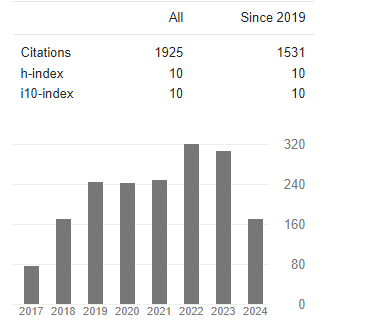Lithium-Sulphur Batteries-Their Equivalent Circuit Model and How Electrochemical Conductivity Impacts Resistivity and Capacity Fading
Abstract
Ahmad Ali Khan and Mohamed Zohdy
Electrochemical impedance spectroscopy (EIS) was used to investigate the Lithium Sulfur battery's electrochemical dynamics. An equivalent circuit model was created using temperature and discharge depth data from EIS spectra. The mechanism of Lithium Sulfur batteries' capacity depletion was then studied by tracking the change in imped- ance during cycling. According to the findings, the charge-transfer mechanism is responsible for the EIS spectrum's semicircle at intermediate frequencies, whereas the high-frequency semicircle is linked to the interfacial electrical resistance. Additionally, the key significant contributor to the capacity fading of Lithium Sulfur batteries' is the charge-transfer impedance, whereas electrolyte resistance and interphase contact resistance also fluctuate with cycle number, albeit in different ways.




